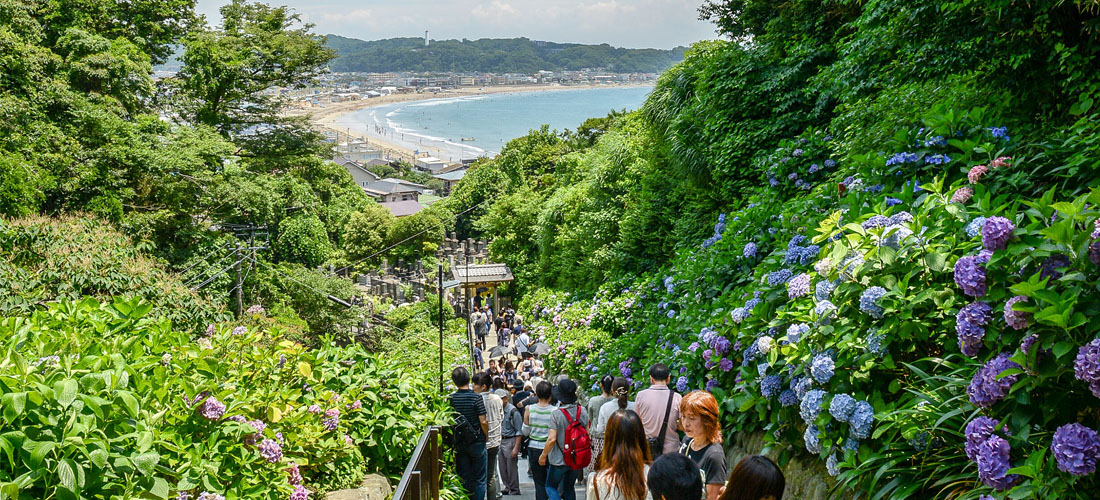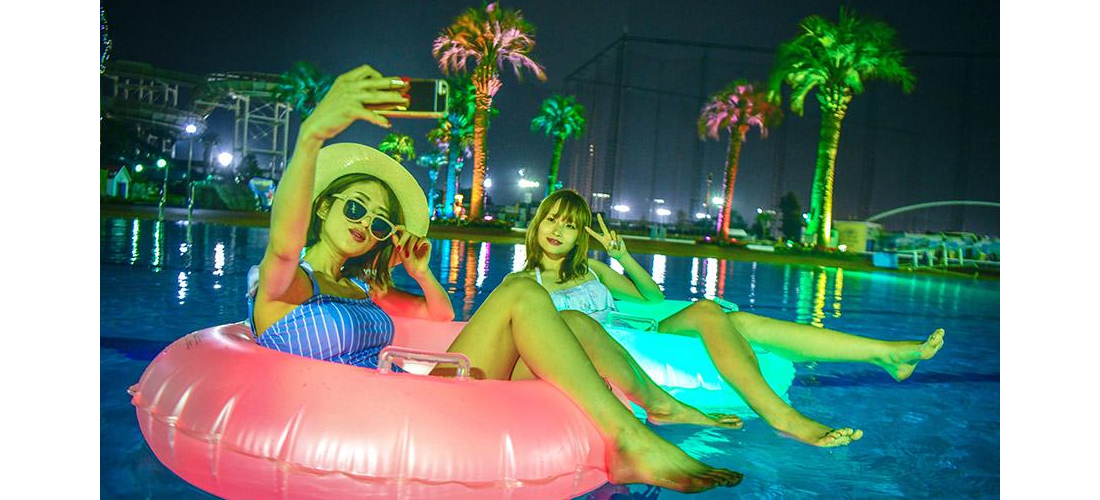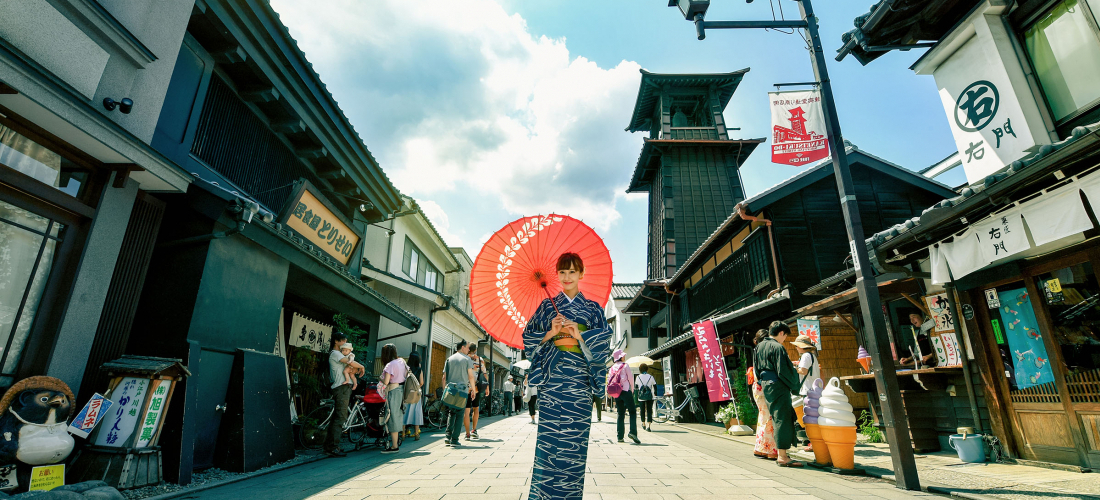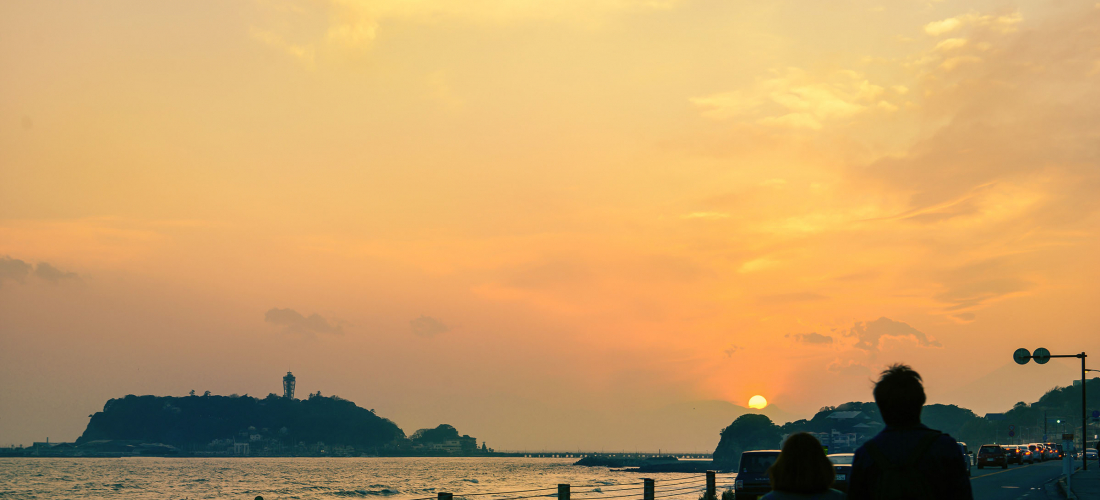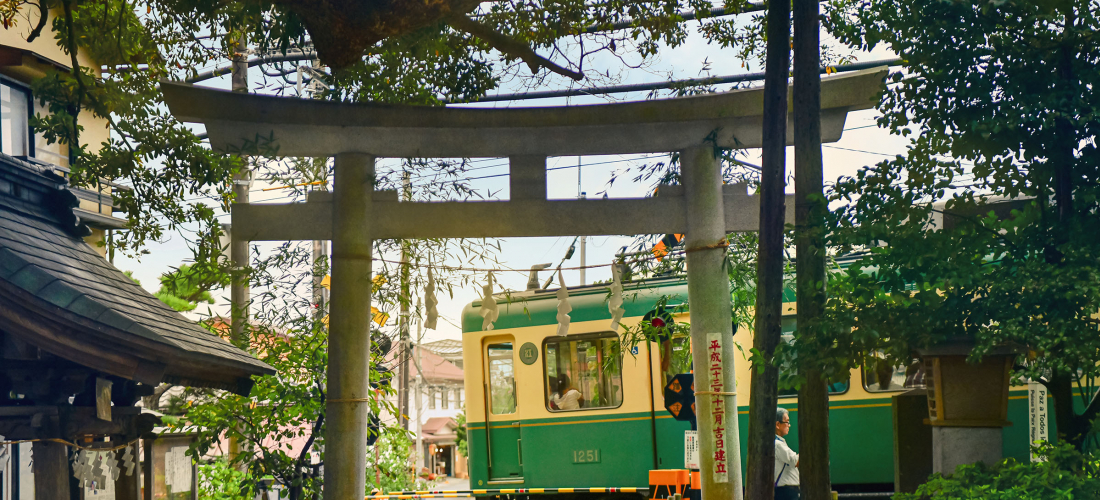
CONTENTS
A Trip to the Suburbs of Tokyo! Will Enoshima, and the rest of Kamakura, be your next destination this summer?
Whether you’re planning your next visit or you’re already here in Japan, sure you might have Tokyo all planned out, but do you know about these two spots just a short trip from the big city? Kamakura City and Enoshima are two destinations you can’t miss near Tokyo.
Kamakura is known as “The Kyoto of the East,” and is most famous for its "Daibutsu" (大仏), or huge Buddha. Run right over to Enoshima, and the area is so like Miami Beach that they're even sister cities! So a trip to the area gives you the best of both worlds. Plus, for those big fans of the manga Slam Dunk (we know you're out there!), you're bound to enjoy yourself in the setting of so many important scenes.
Let us introduce you to the must go spots of Kamakura and Enoshima.
You can get to Kamakura and Enoshima straight from Haneda Airport using the shuttle bus if you're ready to relax right off the bat. Otherwise, just catch the train over from Tokyo. To get into the heart of things you’ll need to change to the Enoden Line at Fujisawa Station, which you can take over to Enoshima station. This takes about an hour and a half from stations within Tokyo.
The question is, shall we start from Kamakura? Or shall we go right to Enoshima? The Odakyu Line will take you from Katase-Enoshima Station into Kamakura, or you can get the Enoden from Kamakura over to Enoshima Station, so it's an easy trip between the two areas!
The Enoden Line will take you through some beautiful scenery on the way in from Kamakura, but don't push it and leave Kamakura City too late. You should definitely try to make it in time for the sunset by the beach in Enoshima.
So, what are we waiting for… let’s start our tour!
#1. The Kamakura Daibutsu(鎌倉大仏殿高徳院)
Located 10 minutes away from the Enoden Line's Hase Station(長谷駅)is this gigantic Daibutsu!
This Great Buddha is a Japanese national treasure. It weighs in at 121 tons, and stretches up to 11.4 meters (37.5 ft) in height.
(Of course, if you're on a search for huge Buddhas around Japan, the biggest one made of stone is on Mount Nokogiri!)
You can pay 20 yen to get inside of the Daibutsu.
A pair of zori, or Japanese sandals, made to fit the Daibutsu.
One of the unique features of this Daibutsu in Kamakura is that you can actually get inside of it. It's definitely worth 20 yen to take a look around. You can be one with the Buddha without ever reaching enlightenment.
Kamakura Daibutsu(鎌倉大仏)
Location:〒248-0016 4-2-28 Hase, Kamakurashi, Kanagawa. Google Maps
Phone: 0467-22-0703
Hours:
April to September, 8:00 – 17:30
October to March, 8:00 – 17:00
(Last entry is 15 min before closing.)
Prices: Adults: 200 yen | 12 and Under: 150 yen
(Seeing inside the Daibutsu is an additional 20 yen.)
Daibutsu Entry Hours: 8:00 – 16:30
(Last entry 10 min before closing.)
Official Website
#2. Hasedera Temple(長谷寺)
Hasedera Temple was originally built the Kamakura Era, which means that it dates back to the 1100s! (Even more intriguing, there are legends saying that it originates from 500 years earlier than that!) It is located in a spot with a great view out front, looking out over the ocean and the whole local town.
The view of Kamakura from the observatory of the temple.
It is said that it brings you good luck to take a photo of this Jizo, or Japanese stone statue diety, and keep it with you.
From this fantastic viewpoint, during the summer you will be able to see 2,500+ hydrangeas, and during the autumn season, the area gets surrounded by Japanese Maples with leaves blushed bright red. Flower-viewing might be a big part of Japanese culture, but going out to admire the beauty of autumn leaves is immensely popular as well. There's even a word just for it, "koyo" (紅葉).
There are three jizo statues to find within the temple, and finding all of them brings you good luck! Instead of wishing you luck searching them out, we'll just say "ganbatte!" (頑張って), "you can do it!"
長谷寺(長谷寺)
Location:〒248-0016 3-11-2 Hase, Kamakurashi, Kanagawa Google Map
Phone:0467-22-6300
Hours:
March to Septemer 8:00 – 17:00
October and February 8:00 – 16:30
Price: Adults: 300 yen |12 and Under: 100 yen
Official Website
#3. Houkokuji Temple(報告寺)
Houkokuji is another temple nice to visit in summer. The surrounding groves of bamboo keep the area nice and cool. Of course, we mean the temperature, but it looks pretty cool as well.
The matcha costs just 500 yen.
Have a cup of tea in the bamboo forest.
The temple serves a delicious bowl of matcha with a side of wagashi, traditional Japanese sweets, in the garden of the bamboo forest.
Houkokuji Temple(報国寺)
Location:〒248-0003 2-7-4 Jomyoji, Kamakurashi, Kanagawa
Price: 200 yen for entrance and 500 yen for a bowl of matcha.
#4. The Tsuruoka Hachimangu(鶴岡八幡宮)
The jinja, shrine, that represents Kamakura!
The Tsuruoka Hachimangu Shrine was built in 1063 by Minamoto-no-Yoritomo, a Japanese Shogun of the time, by transferring a division of the Iwashimizu Hachimangu Shrine from Kyoto over to the area, creating a new branch.
Since the shrine owes its creation to the Minamoto family, the historical figures have become "ujigami" (氏神) at Tsuruoka Hachimangu, or local Shinto deities.
Omikuji are fortunes that you can find at many of the shrines in Japan.
Sometimes your fortune isn't particularly lucky, but that means you just have to tie it up before you leave.
If you're wondering how your trip to Japan is going to turn out, don't miss out on this chance to get yourself an omikuji fortune. Hopefully the results will bode well for your return trip as well!
Tsuruoka Hachimangu Shrine(鶴岡八幡宮)
Location:〒248-8588 2-1-31 Yukinoshita, Kamakurashi, Kanagawa Google Maps
#5. Goryo Shrine(御霊神社)
The entrance to the Goryo Jinja Shrine is closely located to the Enoden Line. So close, in fact, that you can grab a shot of the train tracks, and the train itself, from within the shrine grounds. This shrine is also one of the parts of Enoshima famous for its beautiful views of many different hydrangeas.
This lovely shrine filled with flowers is conveniently located between Kamakura's Daibutsu Grand Buddha, and Hasedera Temple, so stop by on your way between the two spots.
#6. Kamakurakokomae Station(鎌倉高校前)
The Kamakurakokomae train station is now a fairly well-known spot in the area, since it's been attracting more and more Slam Dunk manga and anime fans in the past few years. Kamakurakokomae (鎌倉高校前) means "in front of Kamakura High School", a school that served as a model for one of the settings of the popular manga, and the high school itself has had problems with tourists forgetting that it's actually a functioning school! So, to all the Slam Dunk fans out there, instead of breaking into a high school, please enjoy this train station as an iconic spot in a beloved story.
Kamakurakokomae Train Station(鎌倉高校前)
Location:〒248-0033 1-1 Koshigoe, Kamakura-shi, Kanagawa
#7.Yuigahama Beach(由比ヶ浜)
One of the top beaches around Tokyo, where many Tokyoites come to surf, swim, and enjoy the great weather. If you're thinking about renting a car and driving all around Japan, the roads along the coast also make a nice driving route to see the whole area and the beaches.
Enoshima Island in the background.
A famous surfing spot!
On top of all the fun in the sun, if the weather conditions are good, you might even be able to see Mt. Fuji accross the water!
Yuigahama Beach(由比ヶ浜)
Location:〒248-0014 4 Yuigahama, Kamakurashi, Kanagawa Google Maps
Official Local Government Website
Enoshima Gourmet #1. Shirasu-Don(しらす丼)
Fresh Shirasu-Don! A delicious delight from the local oceans. Shirasu (白子) is the Japanese name for whitebait, little fish that are usually eaten whole. The "don" in shirasu-don means bowl. In the case of dishes like this, it's a bowl of rice. Enoshima is famous for this dish of little fish on rice, and enjoying them raw is a real delicacy of the area.
Just to let you know, you won’t be able to eat the fresh shirasu from January to March, because shirasu fishing is prohibited during this season. However, you can still get cooked shirasu-don during this season, so don’t be disappointed. The little fish are pretty tasty even when they're cooked all the way through.
Mmm.. fresh shirasu with ginger soysauce.
With a view of the ocean.
Other kinds of seafood are also famous on this island, including…
Gourmet #2. Tako-Senbei(たこ煎餅)
Another snack to try when you get to the island is tako-senbei. Tako means octopus, and you might have already tried "senbei" crackers elsewhere in Japan. (There are stores like this one in Tokyo that sell huge varieties!)
Grab one of these large octopus crackers on the way before your stroll around the island, and enjoy the chewy octopus and crunchy cracker surroundings. (Do make sure you don't end up eating in crowded areas and covering everyone in cracker and octopus crumbs. This has been enough of a problem in recent years that local authorities has set forward official rules about it.)
Come visit Kamakura and Enoshima this year!
Hope you liked our recommendations! With all the beaches and hydrangeas, if Enoshima seems like a good place to spend a lot of time, there's plenty more to do.
Take a look at a few of our related posts for more things to do around the area, or more details on places we've already mentioned, to plan your next trip to Kamakura and Enoshima.
Trip to Memorial Spot of Slam Dunk in Enoshima/ Kamakura
TOP THINGS TO DO ★ Bringing lucks home~ Gokuraku-ji (極楽寺)


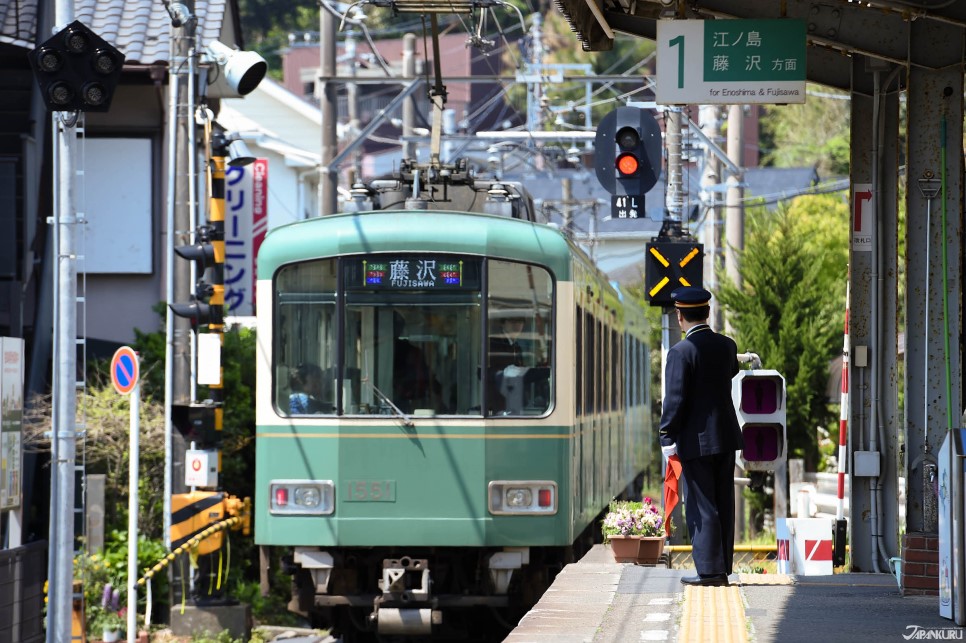
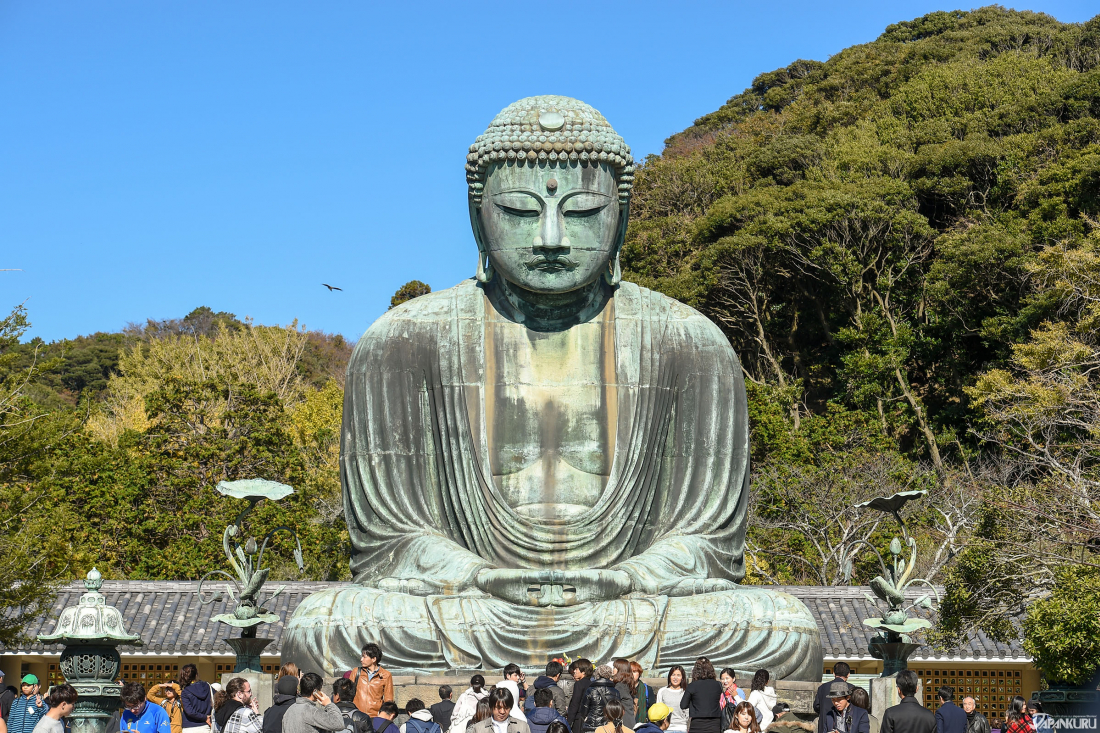

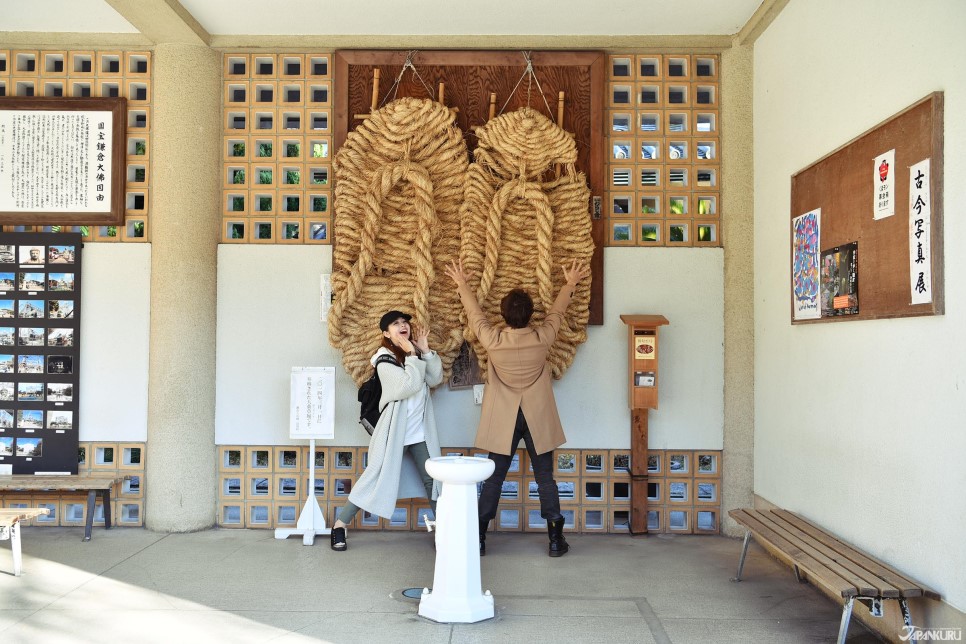
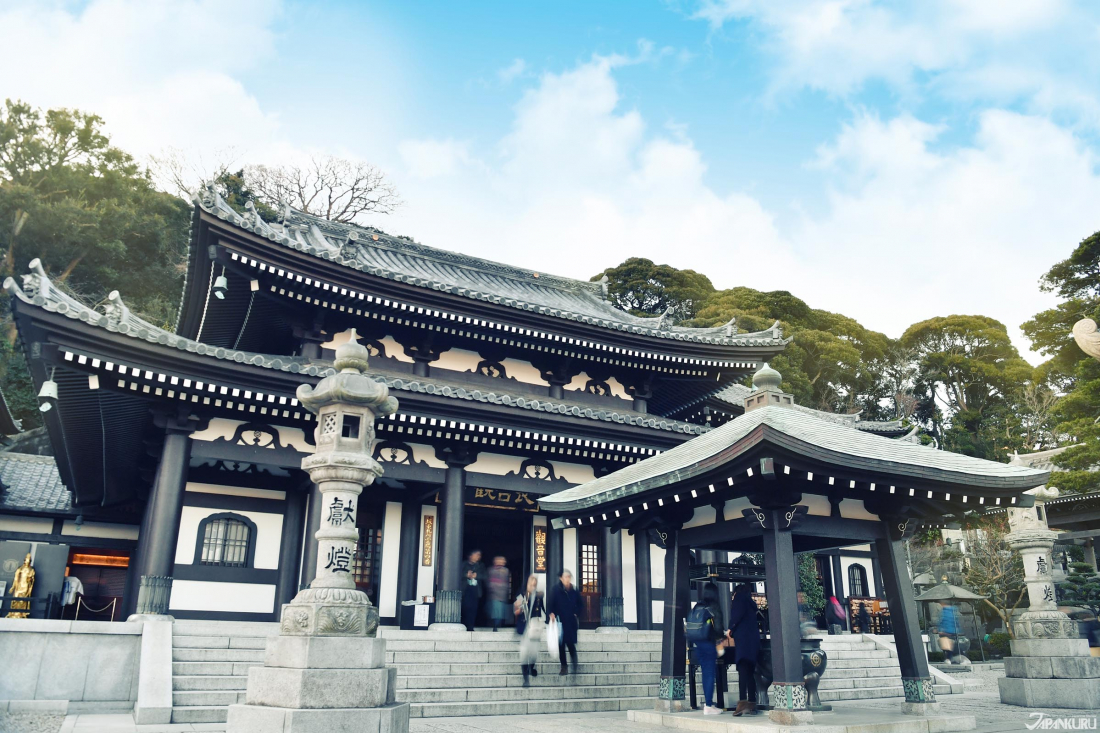
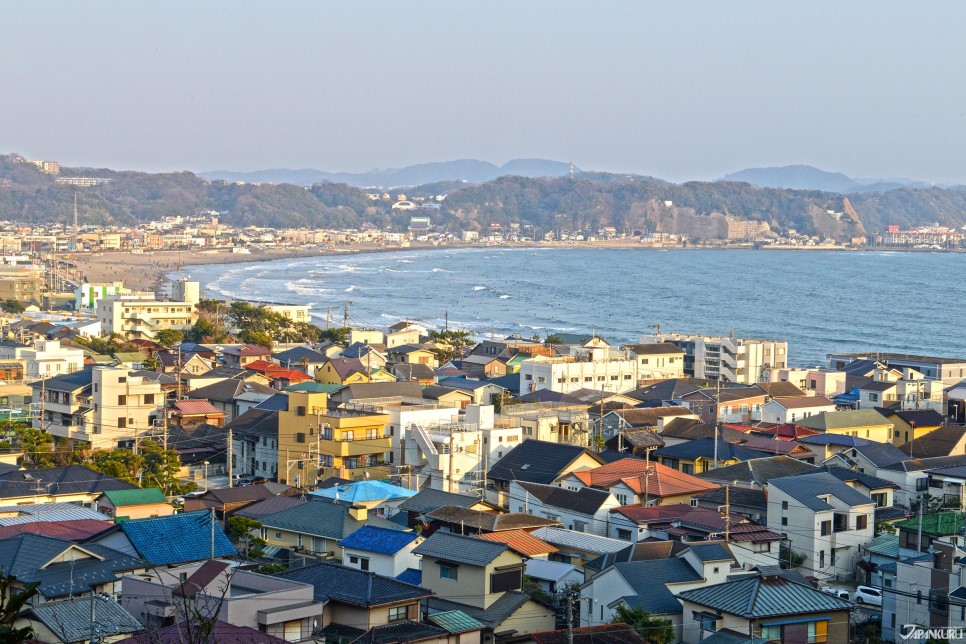
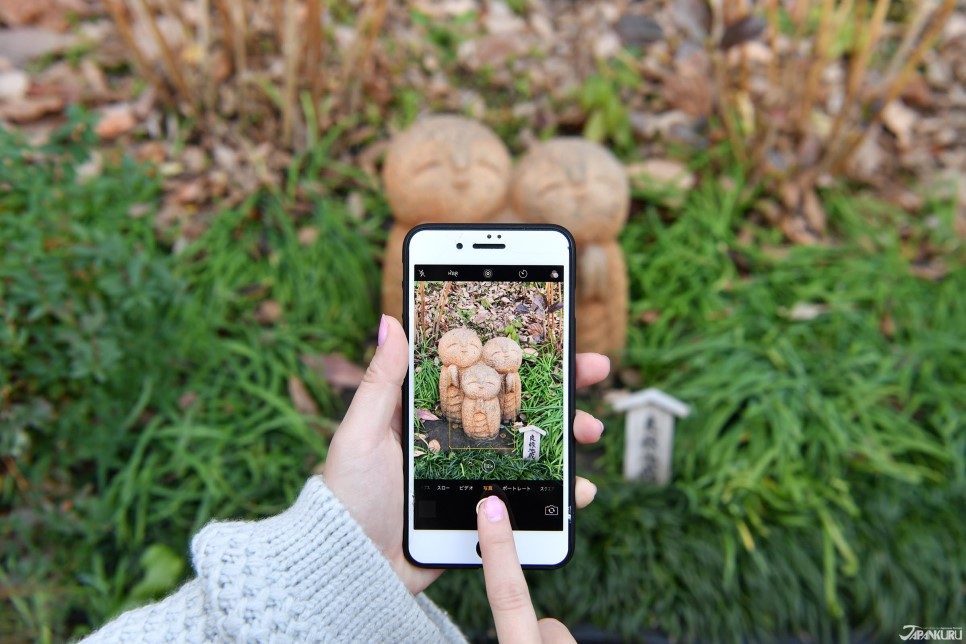
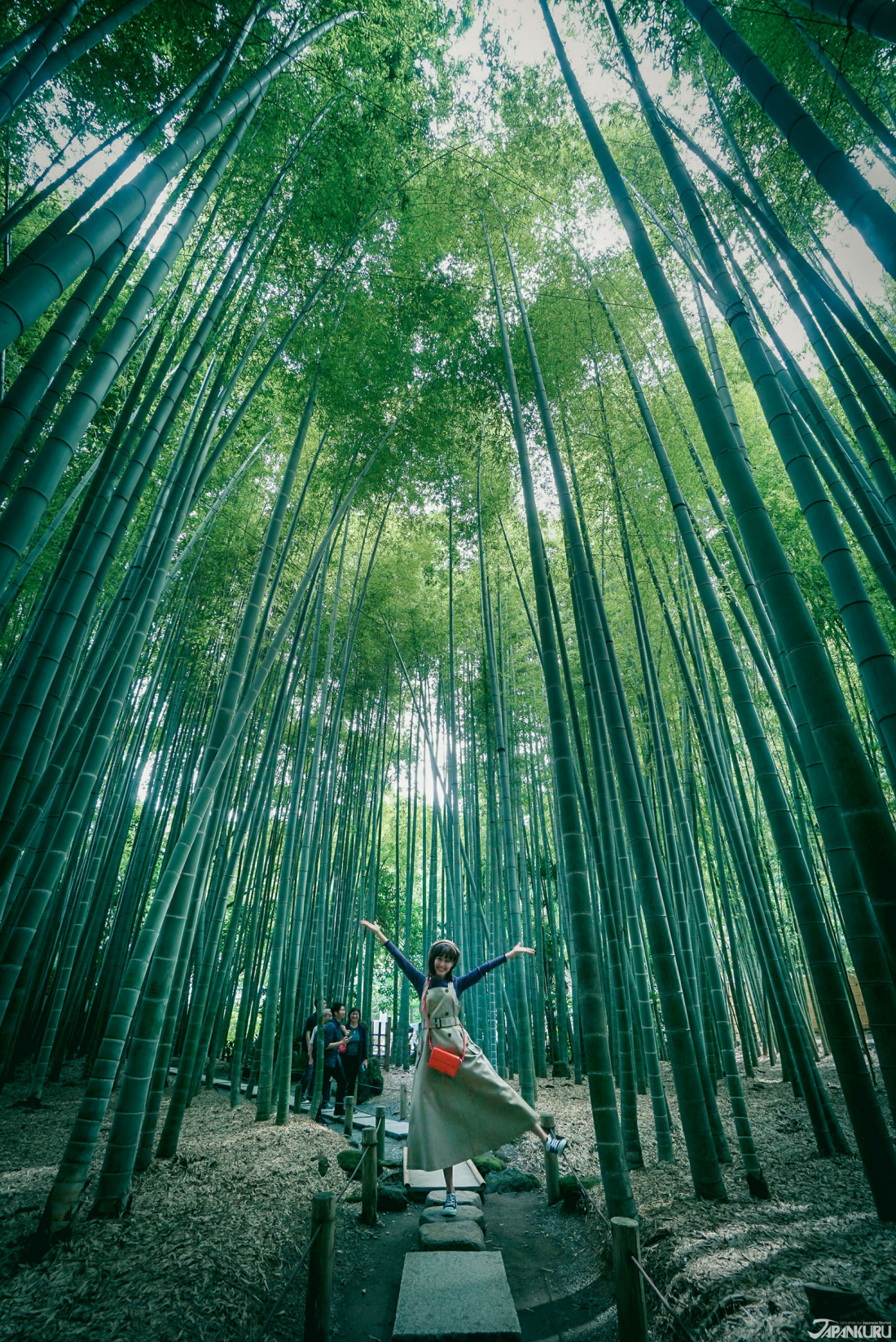
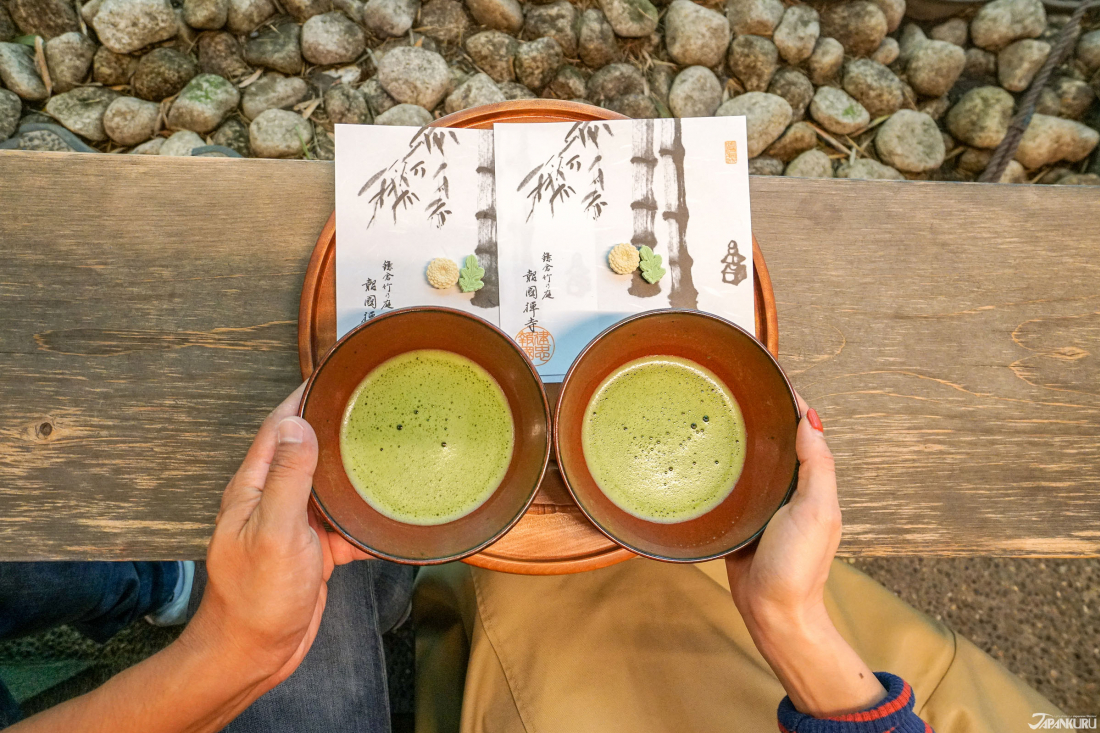
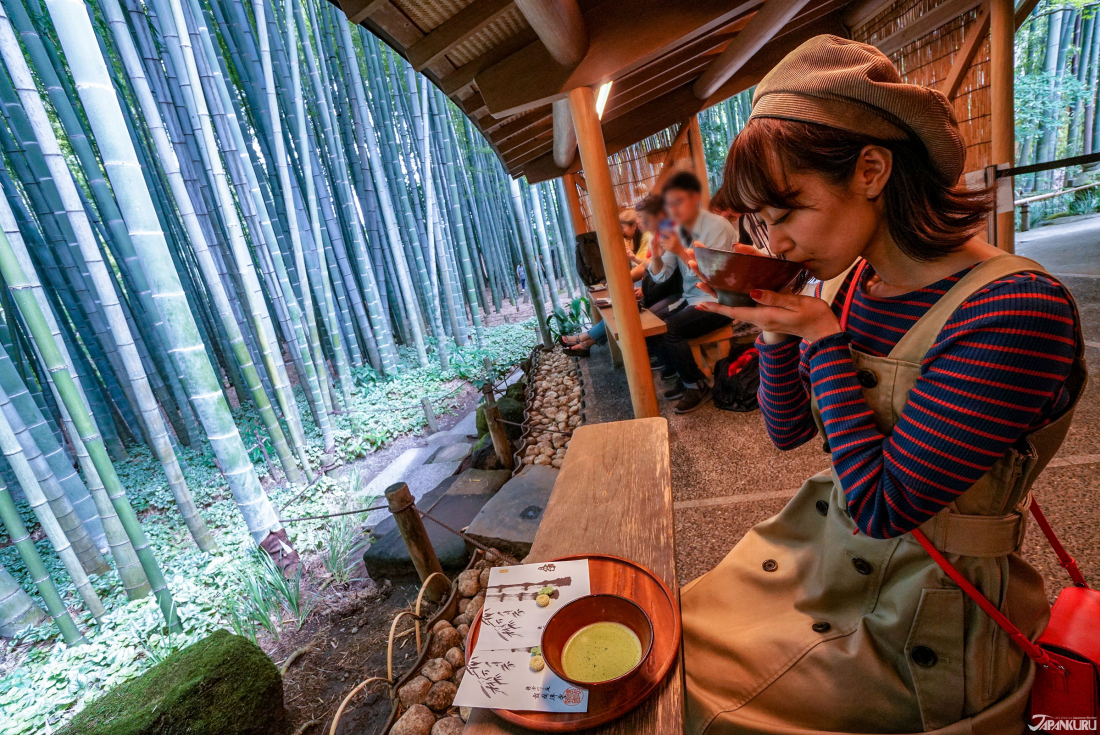




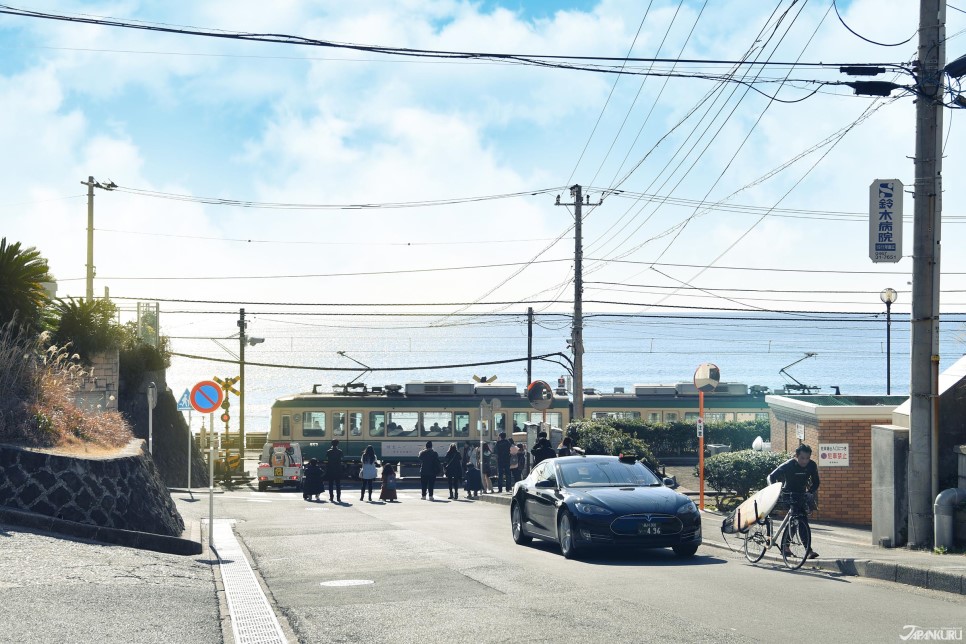

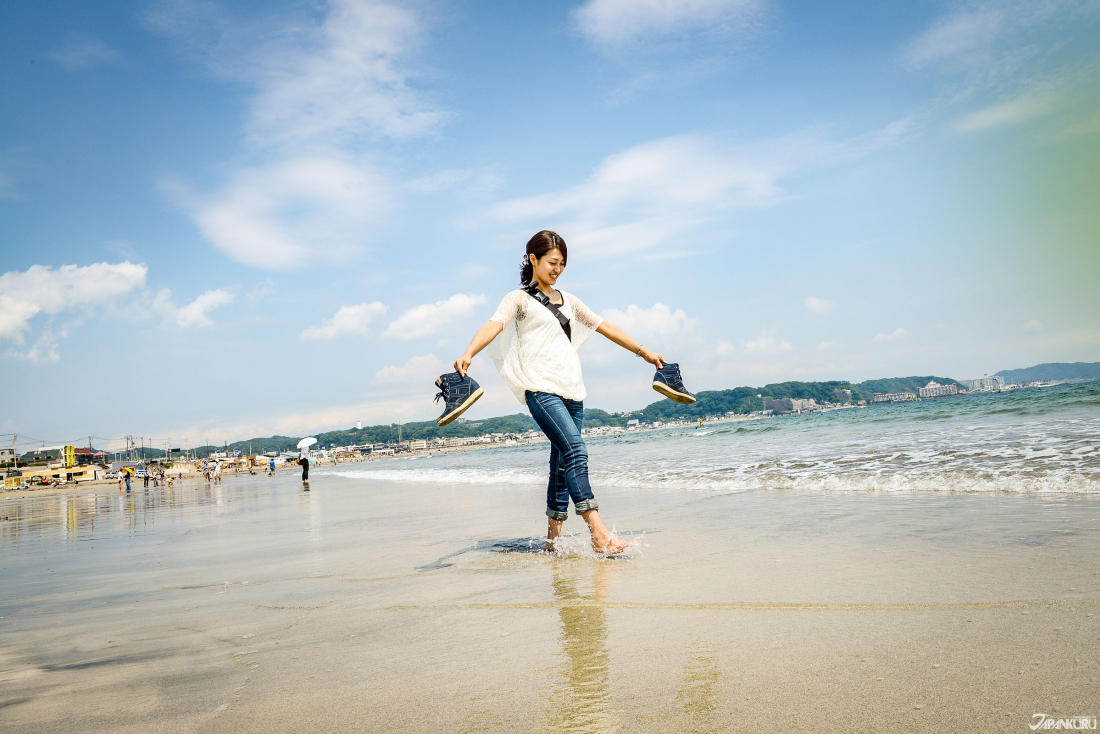

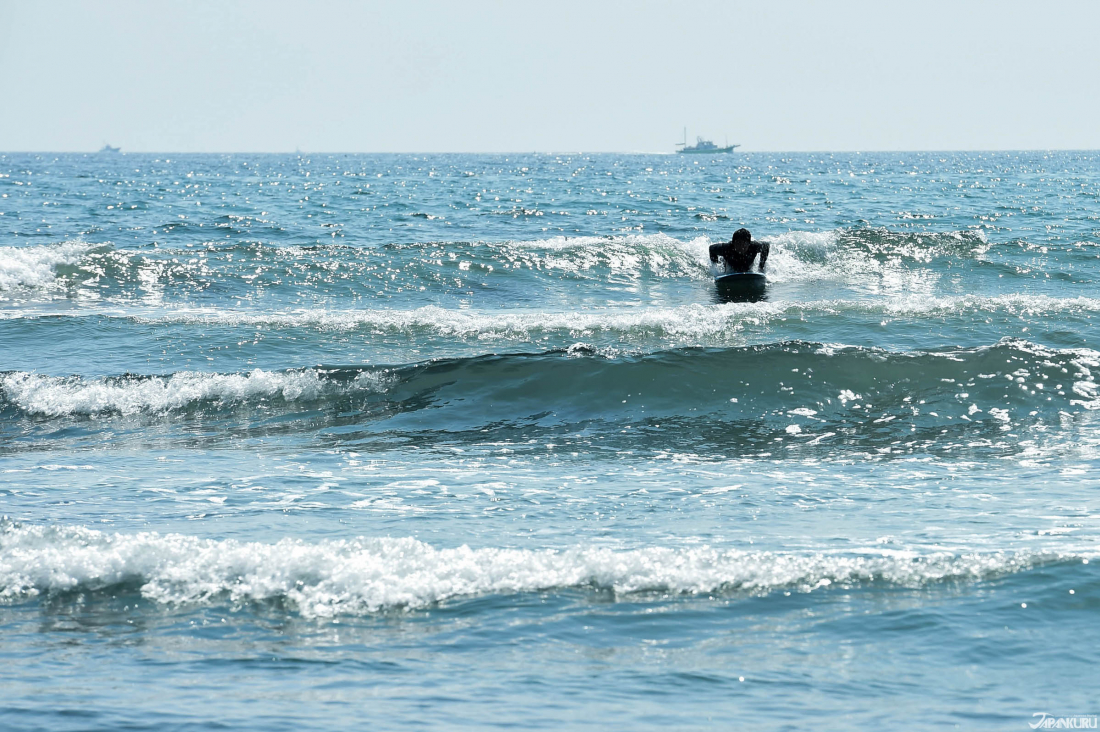

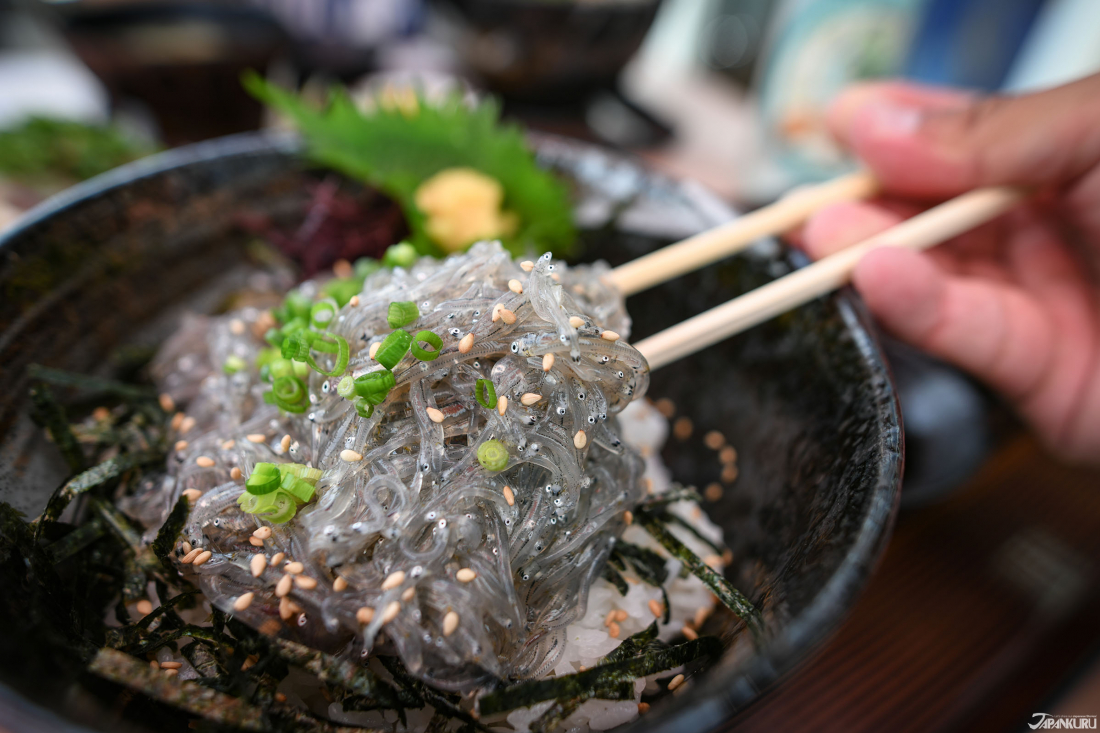
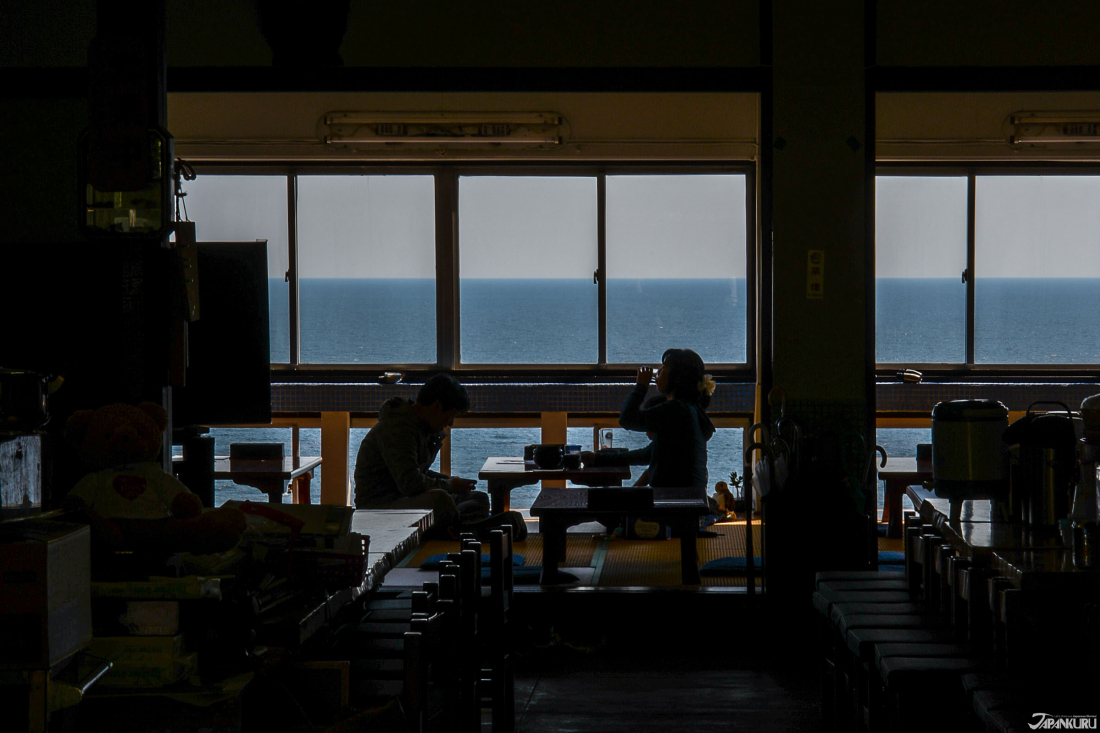
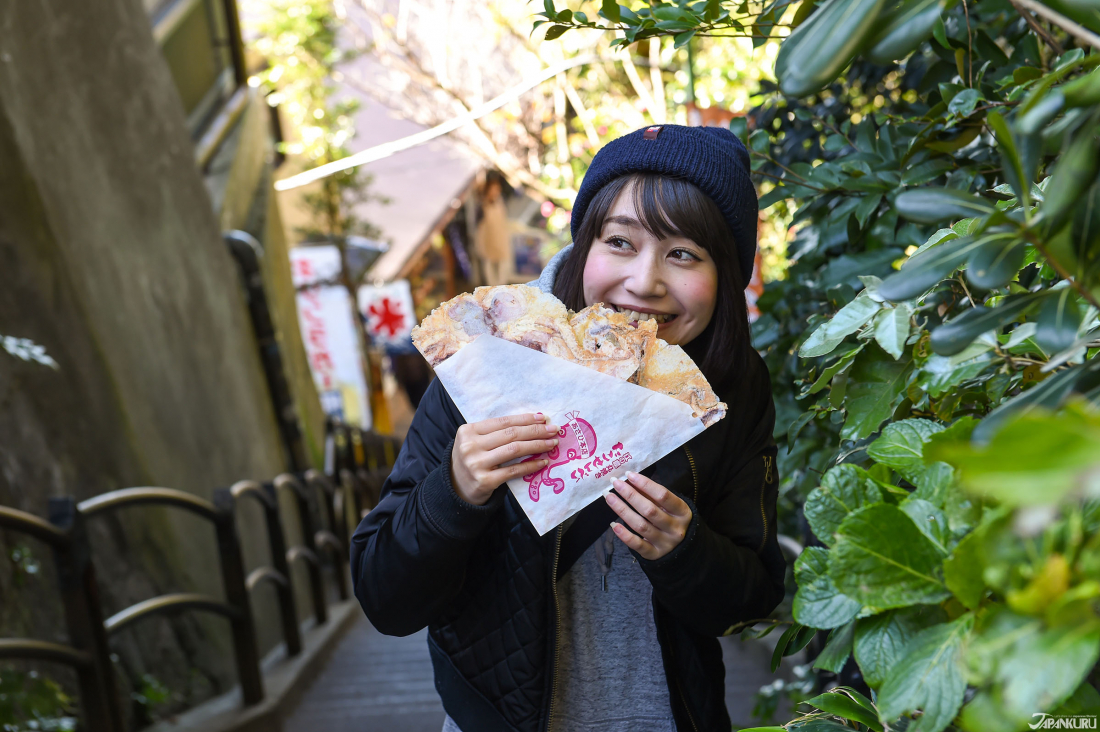






 >> Find out more at Japankuru.com! (link in bio)
#
>> Find out more at Japankuru.com! (link in bio)
#





 The Robot Restaurant is gone, but the Samurai Restaurant is here to take its place. Check it out, and don't forget your coupon!
The Robot Restaurant is gone, but the Samurai Restaurant is here to take its place. Check it out, and don't forget your coupon!
 신주쿠의 명소 로봇 레스토랑이 사무라이 레스토랑으로 부활! 절찬 쿠폰 발급중
신주쿠의 명소 로봇 레스토랑이 사무라이 레스토랑으로 부활! 절찬 쿠폰 발급중
 18歲以上才能入場的歌舞秀,和你想的不一樣!拿好優惠券去看看~
#tokyo #shinjuku #samurairestaurant #robotrestaurant #tokyotrip #도쿄여행 #신주쿠 #사무라이레스토랑 #이색체험 #할인이벤트 #歌舞伎町 #東京景點 #武士餐廳 #日本表演 #日本文化體驗 #japankuru #japantrip #japantravel #japanlovers #japan_of_insta
18歲以上才能入場的歌舞秀,和你想的不一樣!拿好優惠券去看看~
#tokyo #shinjuku #samurairestaurant #robotrestaurant #tokyotrip #도쿄여행 #신주쿠 #사무라이레스토랑 #이색체험 #할인이벤트 #歌舞伎町 #東京景點 #武士餐廳 #日本表演 #日本文化體驗 #japankuru #japantrip #japantravel #japanlovers #japan_of_insta
 코지마 x 빅 카메라 쿠폰으로 일본 가전 제품 쇼핑하기
#pr #japankuru #japanshopping #kojima #biccamera #japaneseskincare #yaman #dji #osmopocket3 #skincaredevice #日本購物 #美容儀 #相機 #雅萌 #日本家電 #일본여행 #면세 #여행꿀팁 #일본쇼핑리스트 #쿠폰 #일본쇼핑 #일본브랜드 #할인 #코지마 #빅카메라 #japankurucoupon
코지마 x 빅 카메라 쿠폰으로 일본 가전 제품 쇼핑하기
#pr #japankuru #japanshopping #kojima #biccamera #japaneseskincare #yaman #dji #osmopocket3 #skincaredevice #日本購物 #美容儀 #相機 #雅萌 #日本家電 #일본여행 #면세 #여행꿀팁 #일본쇼핑리스트 #쿠폰 #일본쇼핑 #일본브랜드 #할인 #코지마 #빅카메라 #japankurucoupon









































